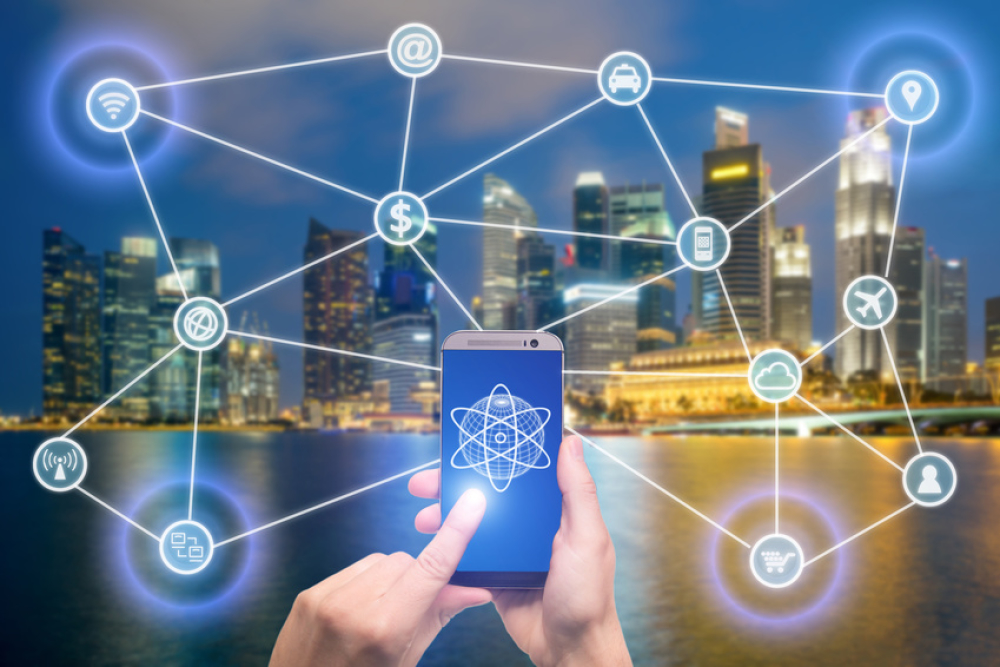How Safe are we in the Internet of Things?
02 Feb 2017

Today, our lives are more connected than ever. Smart televisions, smart phones and smart ovens all make our lives easier, healthier and well, smarter. Safer though? That’s the question. Technology is advancing; becoming seamlessly integrated into our personal, social and working lives and while this may seem like an impressive progression for mankind, are these advancements leaving us increasingly vulnerable? Distracted by state of the art features and the newest, shiniest device, are we forgetting about our own privacy, security and safety in the Internet of Things?
The Internet of Things refers to the billions of connected smart devices exchanging enormous amounts of data with each other about us: the questions we ask, the music we listen to and the routes we take. These smart devices are all connected and more often than not, are left unprotected against malware and other threats. While it may seem logical to protect a laptop or tablet, your first reaction when buying a smart coffee machine will probably be to fill it with beans, not anti-virus software. Just as locking all the doors and windows in your house except one will not stop you from being robbed, leaving one device unprotected can open up your entire network to attack. In 2013, a large US retailer found this out the hard way, as millions of credit card details were stolen by hackers gaining access through the company’s internet enabled heating system.
Smart devices aim to make our lives easier and simpler: voice recognition, face recognition and fingerprint identity phone locks. Simply speak to your stereo and on it will turn with your ‘Greatest Songs from the 70’s’ playlist. Brilliant, right? No more remote controls doomed to be lost down the back of the sofa with last weeks back pocket change. However, in order to hear your vocal commands, these devices must always be listening. Harmless of course if conversations are kept within the four walls they’re spoken, but if unprotected; it’s possible that these devices could be listening with prying ears. Private conversations are completely compromised. Channels like those from a stereo, or baby monitor are rarely protected, neither is the data collected from our wearable technology tracking our routines and heart rates 24 hours a day. So where exactly is this data going, and who has access to it? That is up to us.
It’s a common assumption that the makers of smart devices will automatically protect them and in turn, protect us. This is however, not the case for a couple of reason. Firstly, and simply, we don’t ask for it. When considering a purchase our attention goes to the highest spec, the glossiest finish and very rarely to the most durable security features. If privacy was higher on our priorities when making purchase decisions then perhaps developers would also make it their priority when creating the next must-have tech product. Secondly, most developers aren’t experts in security and data protection which highlights the need for standards such as ISO. These standards aim to ensure security is integrated into design as much as devices are integrated into our lives.
Connectivity is brilliant in many ways, and by no means should we be afraid of it: we should, and we do embrace it. Embrace it with open arms and closed networks: privately and securely.
Interested in security? Read about the measures put in place to protect Datagraphic here.

Please login to comment.
Comments